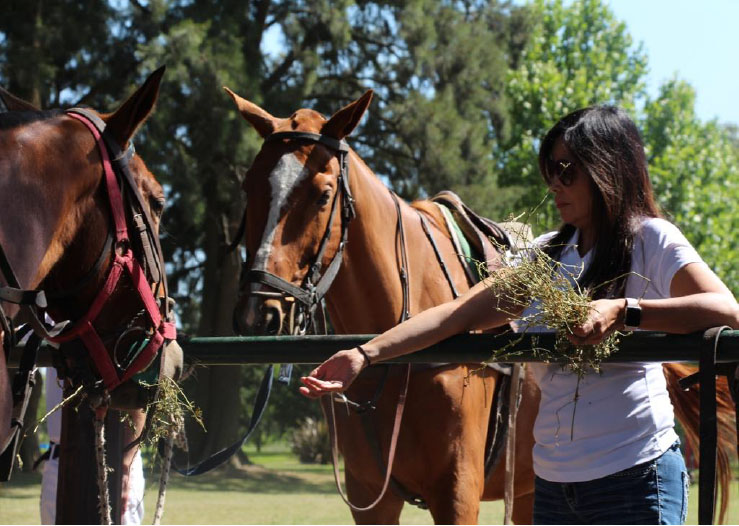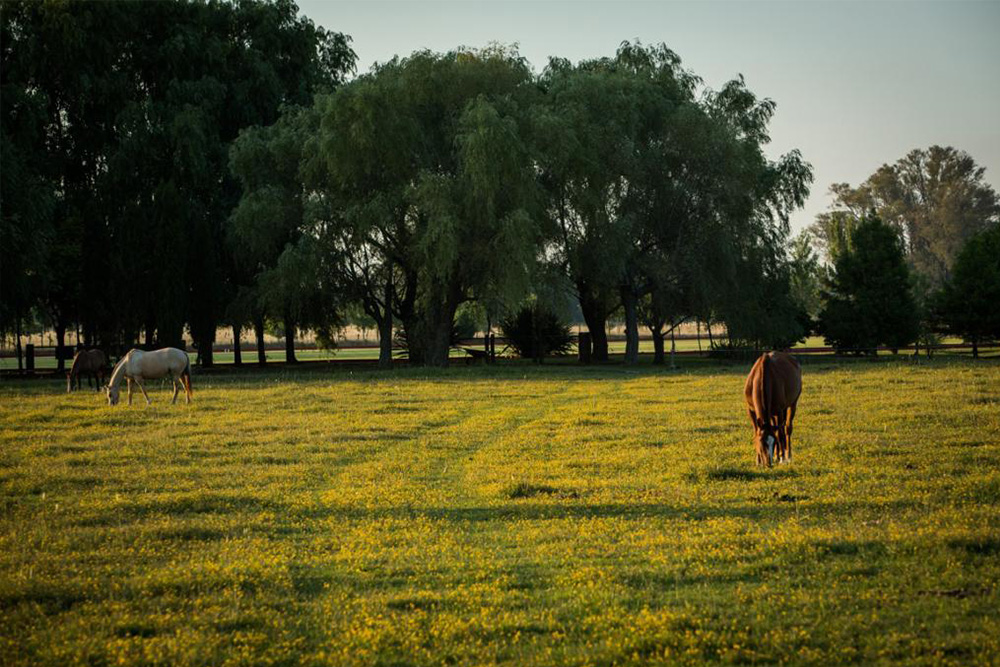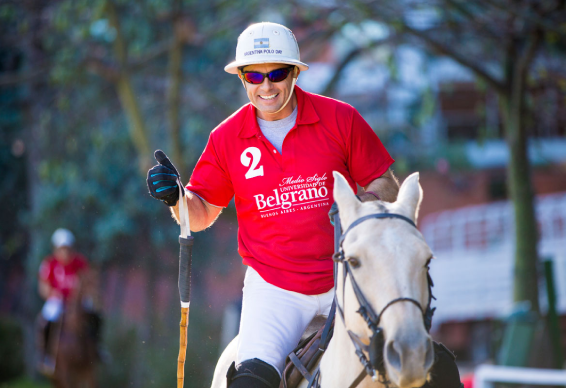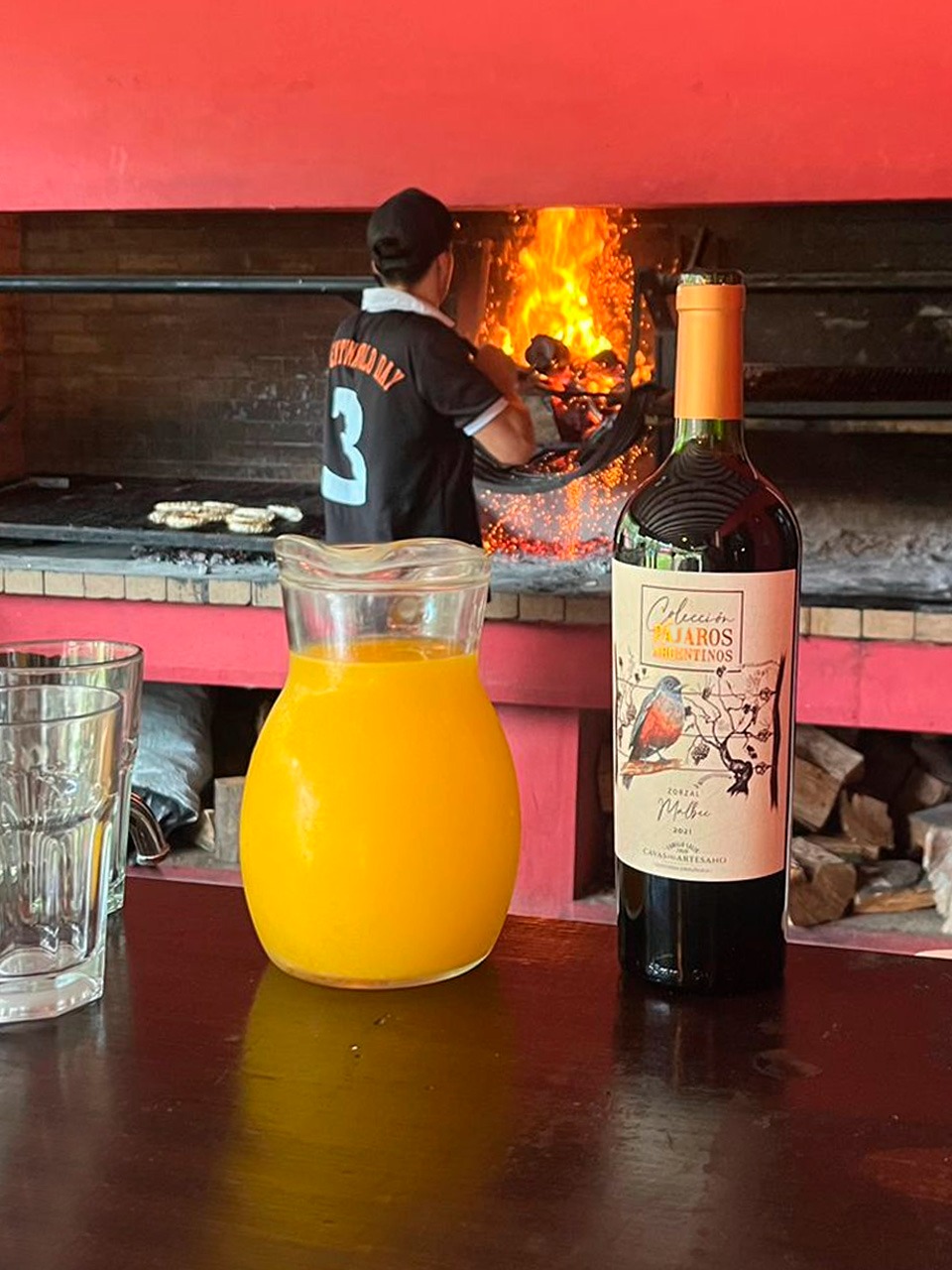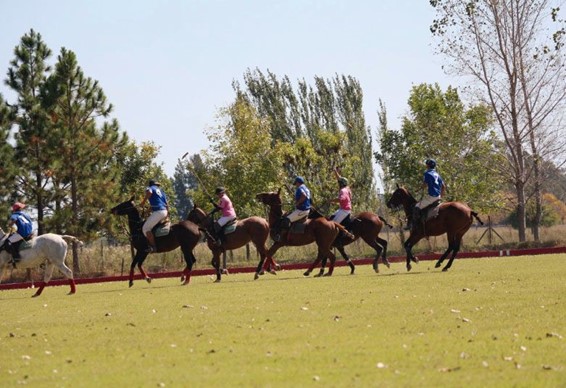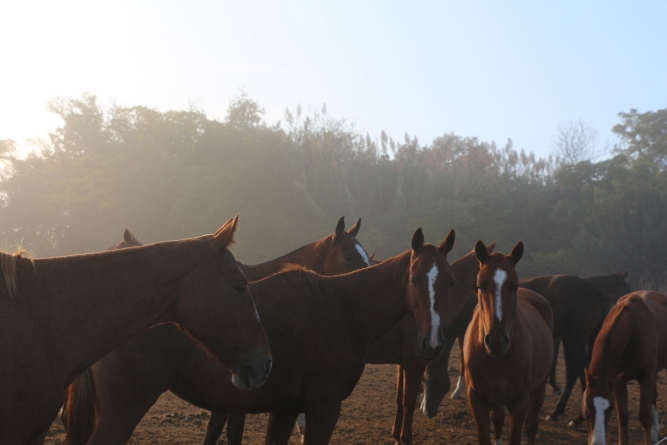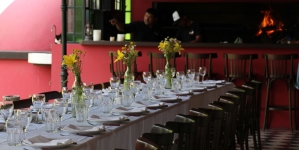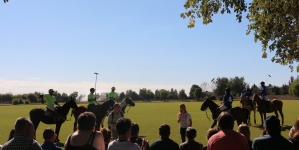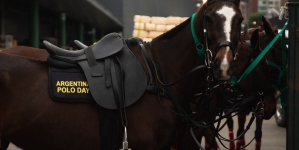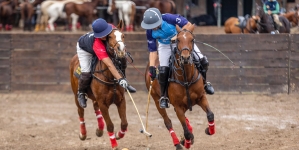-
Creators of Memorable Experiences: The Essence of Argentina Polo Day - 8 horas hace
-
Argentina Polo Day: Líderes Globales en Sostenibilidad y Acción Corporativa - 17 abril, 2024
-
Why is the average Argentinian polo player better than International players? - 16 abril, 2024
-
Acuerdo de Cooperación entre Argentina Polo Day y Bodega Cavas del Artesano - 4 abril, 2024
-
Basic things you should know before watching a polo match - 24 enero, 2024
-
Polo Travel Agency: Your Tailored Polo Holidays in Argentina - 14 noviembre, 2023
-
Argentina Polo Day en la Feria Internacional de Turismo (FIT) de 2023 - 5 octubre, 2023
-
Polo Horses Key Facts - 2 octubre, 2023
-
Polo: El Juego Perfecto para Fomentar el Team Building - 26 septiembre, 2023
-
La sostenibilidad: el futuro del turismo - 7 septiembre, 2023
What makes a polo horse be good?
If you ask a polo player how important his horse is, he will tell you that the horse represents 80% of his skill in the game. Certainly, the importance of polo ponies on the field cannot be underestimated. But, What makes a polo horse be good?
Although we could talk about breeds, the polo horse has certain physical and mental characteristics that are good to know.
Mentally, they must have a combination of intelligence and love of the game.
Any polo horse is going to play well if it does not enjoy polo.
Not to mention that it requires intelligence to know what is happening in the field, follow the game and have a notion of the other players, the other horses, and the changes that may occur.
As for their physical condition, they must be very fast and resistant along with strong legs capable of reaching great speeds and suddenly stop and turn. Some of the characteristics that represent them are between 1, 55, and 1.60 in height and a weight of 400 to 500 kg.
Polo players shave their own preferences when it comes to polo horses. Some players like bigger horses, perhaps because of their size or because of the security that a larger pony provides; others like smaller horses, it depends.
While there may be certain characteristics that make a good polo horse, it all depends on the player-horse combination that make a successful team in the field.

